A set of multiplication and division facts flashcards for multiples of 2.
Print these flashcards and the stick the question and answer back to back.
Laminate them so they last longer.
Updated: 05 Oct 2021
A set of multiplication and division facts flashcards for multiples of 2.
Non-Editable: PDF
Pages: 1 Page
Years: 3 - 4
Tag #TeachStarter on Instagram for a chance to be featured!
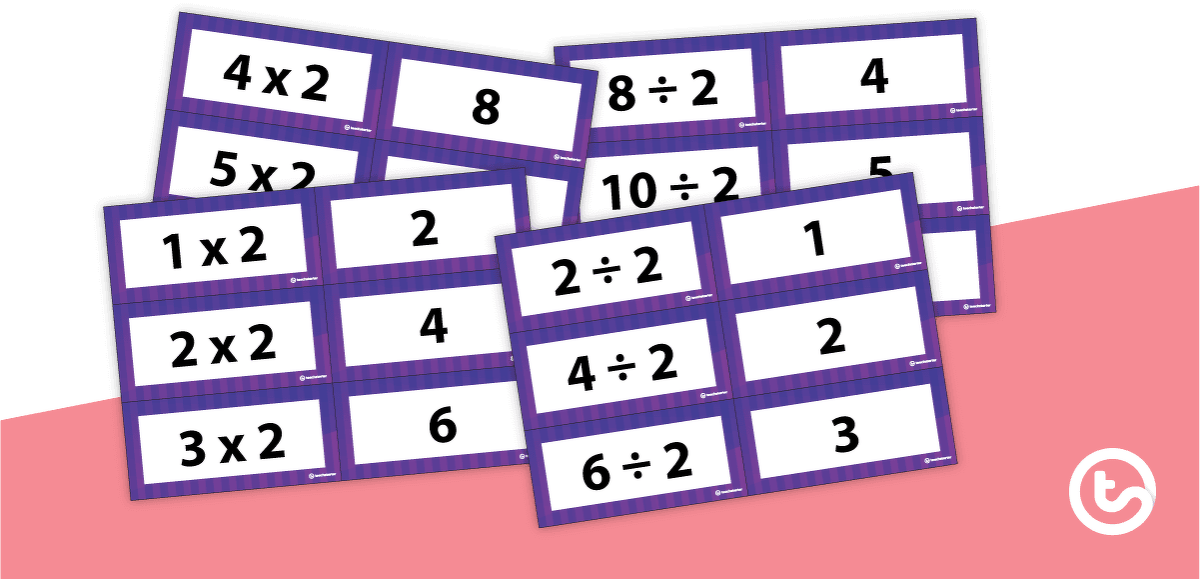
A set of multiplication and division facts flashcards for multiples of 2.
Print these flashcards and the stick the question and answer back to back.
Laminate them so they last longer.

We create premium quality, downloadable teaching resources for primary/elementary school teachers that make classrooms buzz!
Updated original file to include division facts.
Would you like something changed or customised on this resource? While our team makes every effort to complete change suggestions, we can't guarantee that every change will be completed.
Did you spot an error on this resource? Please let us know and we will fix it shortly.
Are you having trouble downloading or viewing this resource? Please try the following steps:
If you are still having difficulty, please visit the Teach Starter Help Desk or contact us .
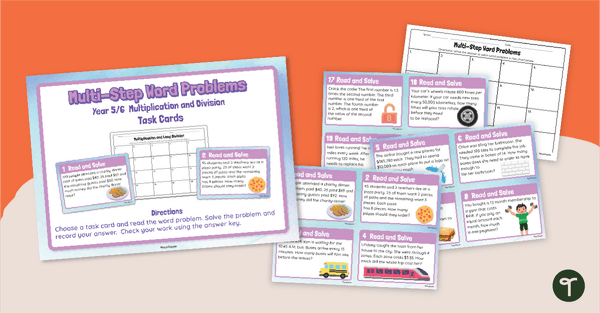
Solve multi-step multiplication and long division word problems with a set of printable maths task cards.

Capture your students' interest in maths drills for all four operations with these fun dragon-themed differentiated maths worksheets.
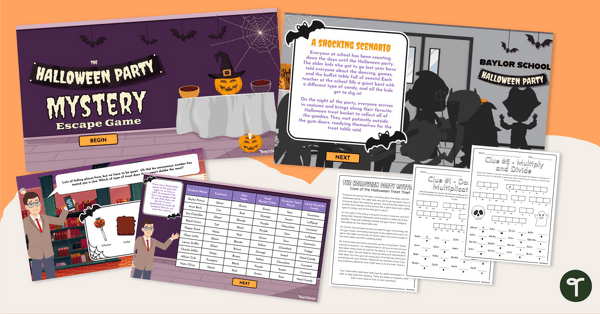
Solve the mystery of who stole all the treats from the Halloween Party with an interactive Halloween Escape Room featuring multiplication and division.

Have fun with your Halloween maths practice with a division colour-by-number worksheet!
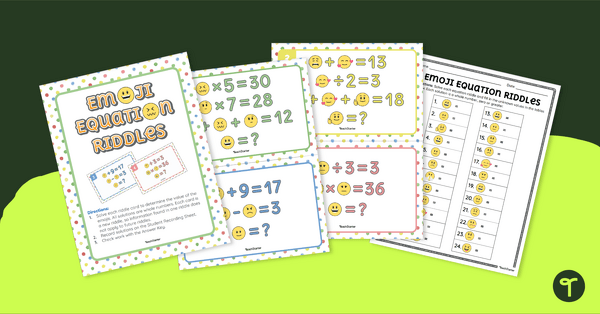
Determine the value of an unknown variable in an equation with printable Emoji Maths Riddle task cards.

Practise dividing two-digit by one-digit numbers with a Dot Day tarsia puzzle.
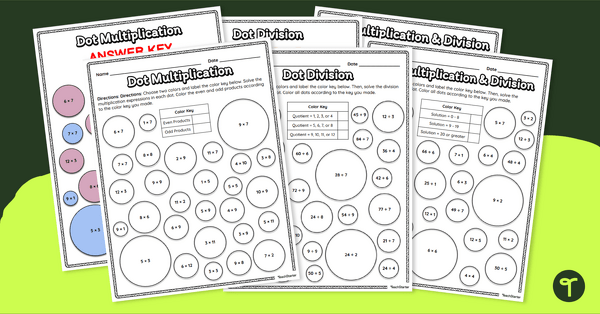
Integrate Dot Day concepts into your maths lessons with printable Dot Day Multiplication and Division colour-by-number worksheets.
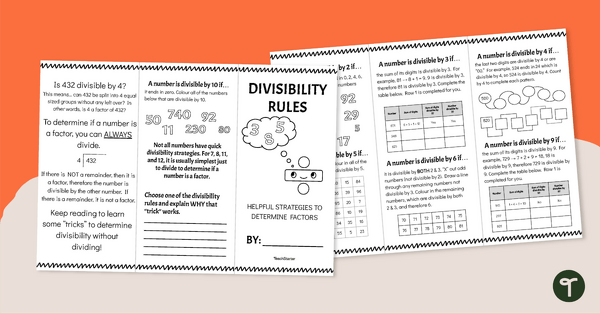
Learn and apply the rules of divisibility by completing this maths brochure template.
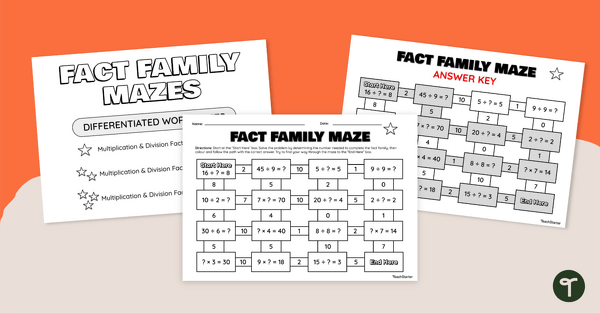
Use this differentiated worksheet set to provide independent practise of fact family knowledge to solve multiplication expressions.
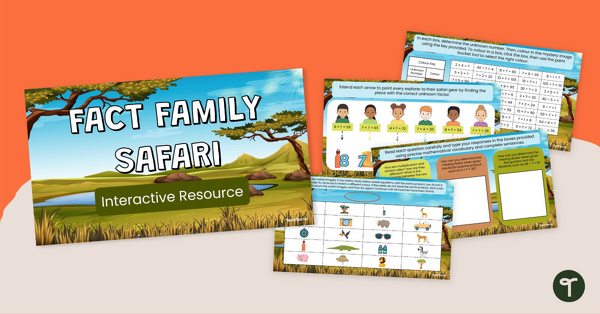
Go on a colourful safari adventure with your students and help them solve interactive challenges whilst learning about multiplication and division fact families!
0 Comments
Write a review to help other teachers and parents like yourself. If you'd like to request a change to this resource, or report an error, select the corresponding tab above.